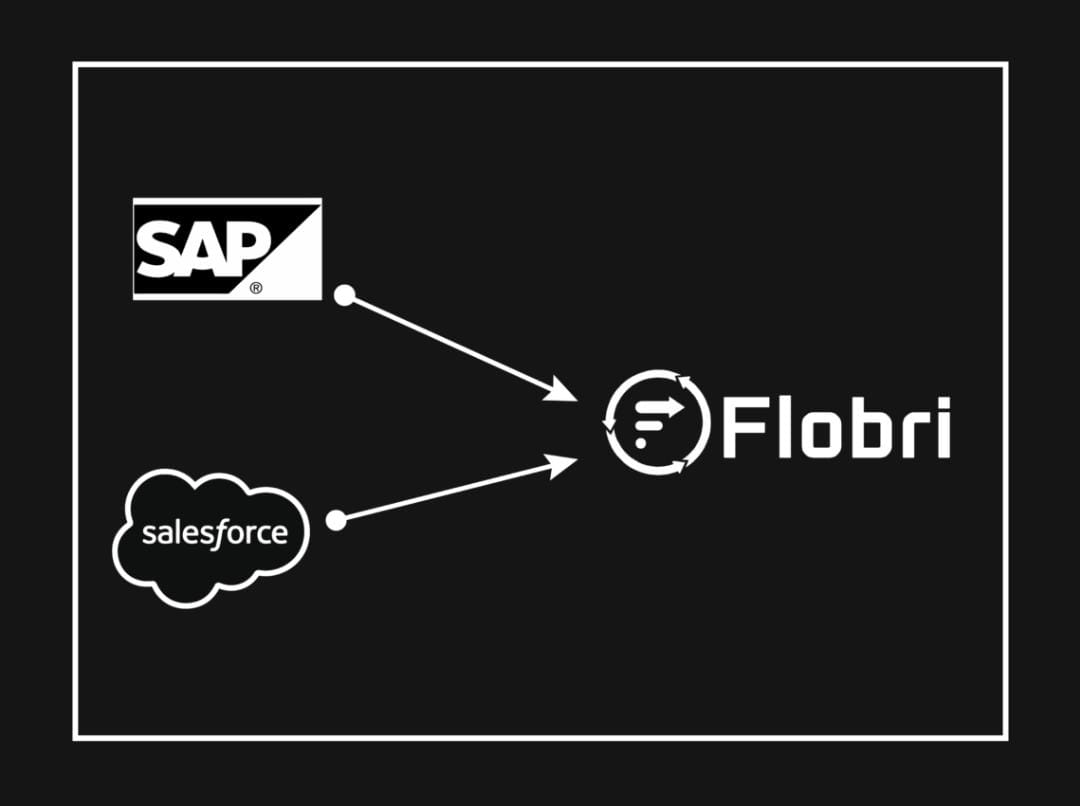In today’s digital era, businesses are increasingly adopting automation to streamline operations, enhance efficiency, and reduce human errors. However, with automation comes the critical responsibility of ensuring data security and privacy. A single vulnerability in an automated process can expose sensitive business and customer data to cyber threats. Implementing robust security measures is crucial to maintaining trust and protecting critical information. Here’s how businesses can safeguard their data in automated workflows.
1. Implement Strong Access Controls
Role-based access control (RBAC) is essential in automated systems to ensure that only authorized personnel can access sensitive data. Multi-factor authentication (MFA) and encryption of credentials further enhance security by reducing unauthorized access risks. Businesses should also adopt the principle of least privilege (PoLP), ensuring that employees have only the necessary access required for their tasks.
2. Use Secure Data Transmission Protocols
Data in transit is vulnerable to interception. Businesses should implement secure transmission protocols such as SSL/TLS encryption, VPNs, and end-to-end encryption to protect data from unauthorized access. Using secure APIs and encrypted messaging services can further enhance protection when automating communications between systems.
3. Regularly Update and Patch Systems
Cybercriminals exploit vulnerabilities in outdated software. Automated systems should be regularly updated, and patches should be applied promptly to mitigate security risks. Using automated patch management tools can help businesses stay secure without manual intervention. Additionally, implementing an intrusion detection system (IDS) can help identify potential threats before they become breaches.
4. Conduct Regular Security Audits
Frequent security assessments, vulnerability scanning, and penetration testing help identify and address potential risks in automated workflows. These audits ensure compliance with industry standards and regulatory requirements, such as GDPR, HIPAA, or ISO 27001. Organizations should also establish an internal audit team to consistently monitor security postures and report vulnerabilities.
5. Encrypt Sensitive Data
Encryption makes sure that even in the event that data is hacked, unauthorized individuals cannot read it. AES-256 and other robust cryptographic techniques should be used to encrypt data while it is in transit and at rest. Tokenization, which lowers the danger of exposure by substituting unique identifiers for sensitive data, should also be used by businesses.
6. Monitor and Log Activities
Automated systems should maintain detailed logs of all user activities and system changes. Implementing Security Information and Event Management (SIEM) tools can help detect anomalies, unauthorized access, and potential data breaches in real time. Logging and monitoring should be continuous, with real-time alerts for unusual activities to prevent security incidents before they escalate.
7. Define a Clear Data Retention Policy
Businesses should establish policies on how long data should be retained and ensure that obsolete or unnecessary data is securely deleted. Automating data deletion based on retention policies reduces exposure to data breaches. Secure disposal methods, such as data shredding and degaussing, should be used for removing old storage devices.
8. Implement AI and Machine Learning for Threat Detection
Advanced AI-driven security tools can analyze patterns in automated workflows to detect anomalies and potential security threats. Machine learning can help businesses proactively prevent cyberattacks by identifying suspicious activities. AI-based fraud detection systems can be integrated to mitigate risks associated with unauthorized access and data tampering.
9. Educate Employees on Data Security
Human error is a significant factor in security breaches. Businesses should conduct regular training sessions to educate employees about cybersecurity best practices, phishing threats, and safe handling of sensitive information. Employees should also be encouraged to report suspicious activities and follow established security protocols when handling automated processes.
10. Ensure Compliance with Data Protection Regulations
Organizations must adhere to data protection laws applicable in their industry and region. Compliance with regulations like GDPR, CCPA, and PCI-DSS ensures that businesses maintain high standards of data security and privacy. Businesses should appoint a data protection officer (DPO) to oversee compliance measures and data protection initiatives.
11. Establish a Disaster Recovery Plan
Despite best security efforts, breaches can still occur. Having a robust disaster recovery plan (DRP) ensures businesses can quickly restore operations after a cyberattack. Automated backups, incident response teams, and predefined recovery protocols can minimize downtime and data loss.
12. Secure Third-Party Integrations
Many automated workflows rely on third-party integrations, which can introduce security risks. Businesses should ensure that third-party vendors comply with security standards, conduct regular security audits, and use secure API gateways to control access.
Conclusion
Automation brings efficiency, but without proper security measures, it can expose businesses to cyber risks. By implementing strong access controls, encryption, regular audits, AI-driven threat detection, and compliance strategies, organizations can ensure that their automated business processes remain secure and private. Proactive security measures will not only protect data but also enhance customer trust and business reputation.
Investing in automated security solutions, educating employees, and adopting AI-driven threat detection can make automation safer and more reliable. Data security is an ongoing process, and businesses must continually adapt to evolving cyber threats to safeguard their operations effectively.

